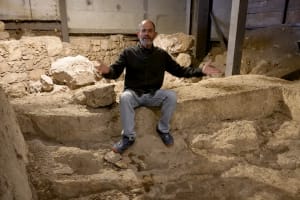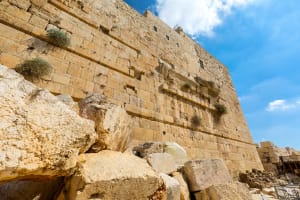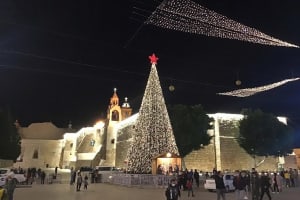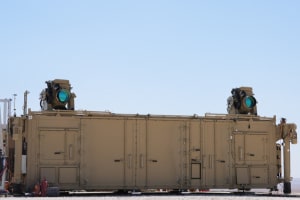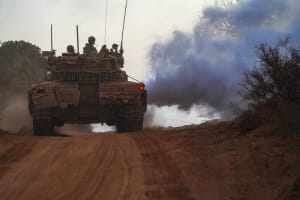Inside the Western Wall: Sacred secrets of Jerusalem's ancient heart
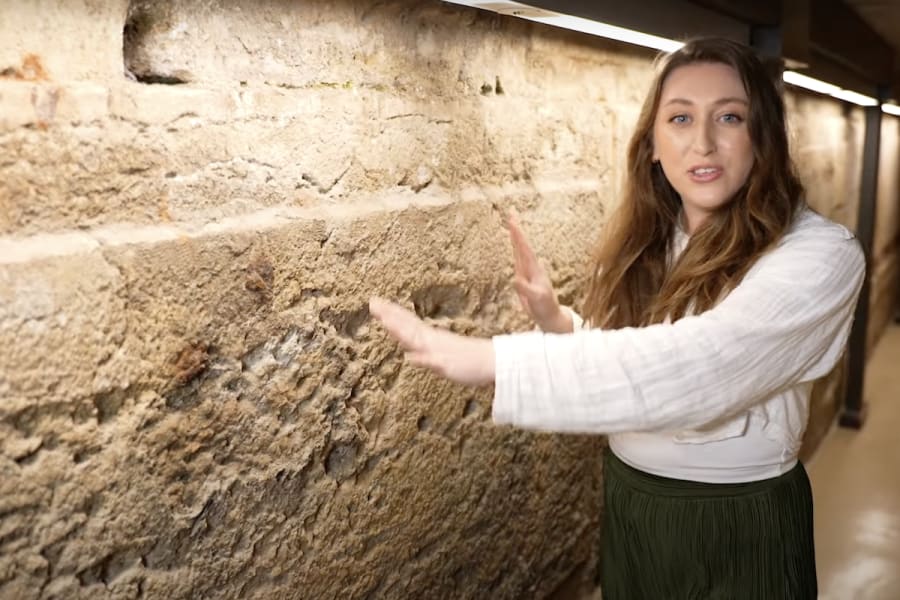
The Western Wall, sometimes known as the “Wailing Wall," is one of Israel’s most iconic landmarks. Often mistaken for Judaism’s most holy site, the wall itself is not as holy as the location of the temple that once stood behind it.
Today, the Western Wall is the closest place to the Holy of Holies where Jewish people can pray. The Temple Mount area is administered by the Jordanian Waqf, and only Islamic prayers to Allah are allowed, so prayers by the Western Wall are the next best thing.
Prayers to the God of Israel at the site of the temple itself are not permitted, which is one reason for the “wailing," along with the 2,000-year-old yearning for restoration and for the rebuilding of the temple destroyed by the Romans in 70 A.D.
The original temple was built by King Solomon in 957 BC and a second one was rebuilt in its place by Zerubbabel in 516 B.C. after the Babylonian destruction and exile. However, the Western Wall that we see today, or the “Kotel” as it’s known in Hebrew, was part of the retaining wall surrounding the temple area, built by King Herod centuries later. The huge stones are beveled along the edges – a tell-tale sign of Herodian construction. Herod’s huge building project to refurbish the temple began in 19 B.C. and lasted almost 50 years before it was destroyed once again.
At the Davidson Center, located beside the wall, you can explore the archaeological park and view large piles of original stones – some weighing over 500 tons – that tell the story of the destruction. They are a monument to the prophetic words of Yeshua that came to pass, just as He said:
And as he came out of the temple, one of his disciples said to him, “Look, Teacher, what wonderful stones and what wonderful buildings!” And Jesus said to him, “Do you see these great buildings? There will not be left here one stone upon another that will not be thrown down” (Mark 13:1-2).
The enormous blocks are made of limestone and dolomite, formed over many years of compressing shells and corals – sea creatures of the past, compacted into stone and fossils. Just as the walls and ruins tell of the rich history of the land, so the stones themselves once teemed with life.
For millennia, Jews have come to this significant spot to pray, to mourn, to celebrate, and to connect with something greater than themselves. It is said that God’s presence, the “Shekina” (from the Hebrew word to dwell), never left the area.
Even though it might seem a contradiction that an omnipresent God could dwell in a place, many believe they experience His presence when they approach the wall to pray. It’s traditional to place little notes between the cracks of the stones, earning the site the name “God’s Letterbox”. Twice a year, the notes are carefully collected and buried on the Mount of Olives.
This popular 70-meter (230-foot) section is only one seventh of the original Western Wall, which is 480 meters (1,575 feet) long. Most of its real treasures can only be seen underground, accessed through the City of David or the Western Wall Tunnels. Exploring underground, it is possible to get as close as 90 meters (295 feet) from where the temple once stood, and also to see the ancient paths the pilgrims once took up to the temple to worship from the south. Unlike the Western Wall plaza, these attractions are not free, but are well worth a visit.
The Western Wall plaza is an Orthodox synagogue, administered by the Western Wall Heritage Center and as such has separate areas for men and women to pray, divided by a “mechitza.” Skull caps, provided for free at the wall, must be worn by men and modest clothing is required, but everyone is free to visit and pray.
You can also visit another section of the wall that stretches into the Muslim quarter, known as the little Kotel, or haKotel haKatan. This lesser-known part of the wall is actually closer to where the temple stood, has no restrictions, and can be accessed free of charge.
As well as coming to pray and encounter God, there are often celebrations and significant events to see when visiting the Western Wall. It’s common to hear the joyful music of bar- or bat-mitzvah ceremonies, when young Jewish people come of age, and sometimes outbreaks of singing, dancing, and communal prayer – especially at key moments in the biblical calendar.
Just like the stones themselves, the Western Wall is bursting with life and history.
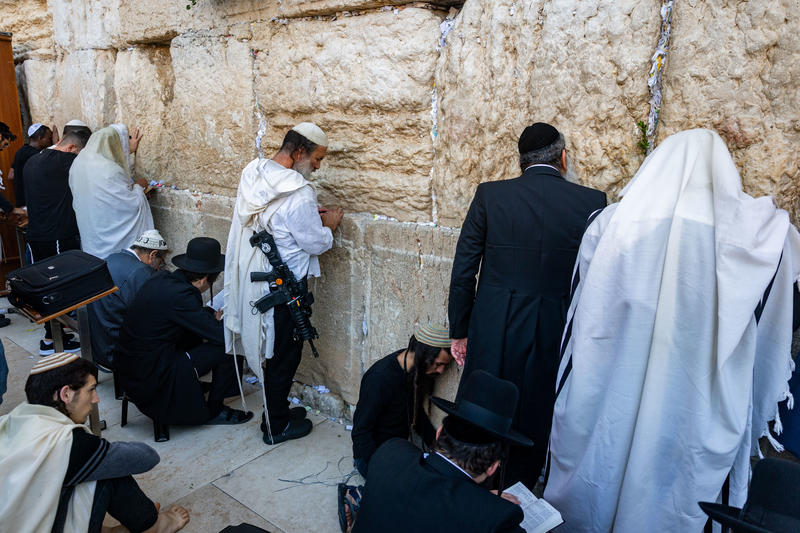
Is All Israel News’ faith-based reporting important to you? Be part of it—help us continue by becoming a $5/month supporting partner.

Jo Elizabeth has a great interest in politics and cultural developments, studying Social Policy for her first degree and gaining a Masters in Jewish Philosophy from Haifa University, but she loves to write about the Bible and its primary subject, the God of Israel. As a writer, Jo spends her time between the UK and Jerusalem, Israel.
You might also like to read this:





